The Amish in Ontario are a diverse group, explained Fred Lichti at the fall meeting of the Mennonite Historical Society of Ontario, held on Oct. 15, 2016, at Milverton Mennonite Fellowship. Milverton is a small town a half hour west of Kitchener-Waterloo.
There are 21 different Amish settlements or communities mostly scattered throughout southern Ontario. Each of these settlements has its own idiosyncrasies, as buggy styles and other customs are not necessarily the same in each community.
The Amish originate from a division among Anabaptist/Mennonites in Europe in the late 1600s, when Jacob Ammann’s plan to bring renewal to the church in Switzerland and Alsace resulted in a church split. Over the centuries Old Order Mennonites and Amish have had little formal cooperation, but they have many similarities. They cooperate informally and sometimes live in neighbouring geographical areas.
The largest Amish settlement in Canada is in the Milverton area. When the Amish first came from Europe to Waterloo Region in 1823, they settled west of Kitchener and then spread from there. By 1874 they were moving into Mornington Township, where Milverton is located. When some Amish began building meetinghouses in the 1880s, the Amish of the Milverton area did not all agree, resulting in a split. The progressives built meetinghouses and eventually referred to themselves as “Mennonite,” while the traditionalists are the people we now refer to as “Amish.”
These Amish in the Milverton area have continued to worship in homes on Sunday mornings. They had little growth for nearly 100 years, but since the 1980s and 90s they have grown rapidly, and their population has doubled since 1999. The Milverton Amish tend to have more traditional dress than many other Amish communities. They also do not use covered buggies, and their buggy wheels have steel rims. According to Lichti, common surnames in the Milverton area are Kuepfer, Albrecht, Jantzi and Streicher, names that are not common in other Amish communities.
Other Amish groups moved to Ontario between 1953 and 1970, looking for good places to settle. In 1953 a group from Ohio came to the Aylmer area, south of London, and today they have three districts and a daughter community in the Lindsay area.
These Aylmer Amish are probably the most open to outsiders, says Lichti. In 1964, David Wagler and Joseph Stoll began a publishing venture that doesn’t use electricity from the grid. Since the beginning, Pathway Publishing House has been putting out three monthly publications: Family Life for families; Young Companion for young adults; and Blackboard Bulletin for teachers. These are widely read by Amish and traditionalist Mennonites throughout the U.S. and Canada. They also publish books and educational material for Amish parochial schools.
In 1954, a group of Amish families moved from the U.S. to Ontario and began a settlement southwest of Owen Sound. These Swartzentruber Amish, who separated from other Amish in 1917, are ultraconservative. They allow less technology and have no gas lamps, no indoor plumbing, no flowerbeds and no orange triangles (signs for slow moving vehicles) on their buggies. In 2008, several families began a daughter community in the Iron Bridge area, east of Sault Ste. Marie.
Also in 1954 a group of Troyer Amish from the U.S. moved to the Norwich area, south of Woodstock. This group has several daughter communities. In 1973 some families moved to the area around Lucknow, not far from Lake Huron. This community has grown to become the second largest community in Ontario. According to Lichti, the Amish around Lucknow have nine schools and six sawmills. These Troyer Amish have continued to spread throughout Ontario, with smaller communities near Belleville (begun in 2001) and more recently in northern Ontario, near Englehart and Earlton. In 2015, about 15 families of these Troyer Amish moved to Prince Edward Island to begin a new community there.
In 1958 a fifth type of Amish moved to Ontario from Maryland, Delaware and Pennsylvania. This community near St. Mary’s, south of Stratford, remains small, although they also have a daughter community near Powassan, begun in 2001. This Amish group is the most similar to the Amish of Lancaster County, Pa., and uses more technology than other Amish in Ontario. Lichti mentioned that part of the draw to the Powassan area, north of Huntsville, was more opportunities for hunting.
The Milverton Amish have also been spreading to new areas. New communities were established in the Chesley area in 1979, in the Kincardine/Tiverton area in 1995, and in the Clifford area in 1998. These communities are of reasonable size, with 25 to 40 families each. A small community of five families has also been living on Manitoulin Island since 2013, and in 2016 six families moved to Prince Edward Island. They live on the east side of P.E.I., near Montague.
Glenn Zehr also addressed the historical society, talking about changes he has seen over the years that he has been acting as an interpreter of the Amish way of life. In the morning Zehr arranged to have part of the group eat a noon meal at the home of Dorothy Zehr and her family, just outside Milverton. Later in the afternoon, historical society members had the option of visiting two Amish farms, one with a buggy shop and the other a goat farm.
According to Glenn Zehr, the style of worship among the Milverton Amish has not changed much. They continue to read the Bible and sing in High German, while preaching is done in Pennsylvania German. They sing slowly, using the Ausbund, a songbook dating back to the 1500s. The Sunday morning service, held in a home, or sometimes in a barn or buggy shed in the summer, lasts about three hours, from 9 a.m. to noon. The host family provides a light lunch of bread and butter, cheese, jams, spreads and pickles for the 75 to 100 people in attendance.
The children are educated in Amish private schools, where the language of instruction is English. High German is taught in the schools, but the children find English much easier to read, said Dorothy Zehr. The Amish community of Milverton has eight parochial schools.
Glenn Zehr also discussed other changes he has seen, living among these Amish for many years. In earlier years they were primarily farmers, but today farmland is in short supply and very expensive, so many of them run their own businesses or work for wages in agriculture-related industries or construction.
In times past the Amish did all their field work with horses, but today it is not uncommon to see large equipment in those fields, hired to do custom planting and harvesting. Although the Milverton Amish do not own cars or tractors, some building contractors own trucks that are driven by their non-Amish employees. Zehr said he wouldn’t be surprised if they change their position so that tractors are allowed within the next ten years or so, since they are hiring so many custom operators to do the work in the fields.
Since the 1990s, telephones have come to the Milverton Amish, but not in the houses. Little telephone booths are near the end of the lane or at least some distance from the house. They usually have some type of message system since there is rarely anyone available to answer the phone directly. Zehr also thinks that there are some cell phones or maybe even smart phones used by the Amish, but probably they are not carried openly since officially there is no approval for this practice. He assumes their position on cell phones is changing.
Another change in more recent years is the amount of travel done by the Amish. In earlier years Amish families would only hire a driver for long-distance health appointments, but these days they frequently hire drivers to visit relatives, to go shopping, or even to travel as tourists. Like other Old Order groups, the Amish do not fly, but recently a group travelled to Europe by ship to participate in a heritage tour.
Although the Amish do not use electricity from the grid, they find ways to generate power to operate their tools. James Ebersol, who makes buggy wheels, uses solar panels to charge his batteries, but when the sun is not shining, or if he needs lots of power to do welding, he uses diesel power to create DC power.
Ebersol, who used to make buggy wheels out of wood, now imports fibreglass buggy wheels from Fort Wayne, Ind. In his shop he inserts metal hubs and puts a half-inch steel tire around the rim of the wheel. These days most new buggy wheels are made of fibreglass. Because wood expands and shrinks with the temperature, wooden-spoke wheels don’t last as long as fibreglass ones. The buggy boxes, shafts and seats are now also made of fibreglass, and Ebersol has gone from making complete buggies to replacing wheels. He ships the wheels to many places, but most of his customers are Amish.
Because the Amish have a lot of congregational autonomy, there are slight differences between the settlements, in relation to their styles of dress and where they draw the line on technology. Some are more isolationist and less willing to accept government allowances or insurance plans, others are more open to outsiders. The Amish tend to be entrepreneurial and are generally happy to sell their products to non-Amish neighbours. They tend to have a high retention rate, and their communities are continuing to grow.
Many thanks to Fred Lichti, pastor of Elmira Mennonite Church, and Glenn Zehr, retired (Amish) Mennonite pastor, for maintaining connections with the Amish community and for sharing their insights with the Mennonite Historical Society of Ontario.
—Updated Dec. 1, 2016
See also:
The ‘simple’ life in raising an Amish family
Pennsylvania Dutch a language with merit
Old Order Mennonite groups in Ontario are growing
10 things to know about Mennonites in Canada
History surprises


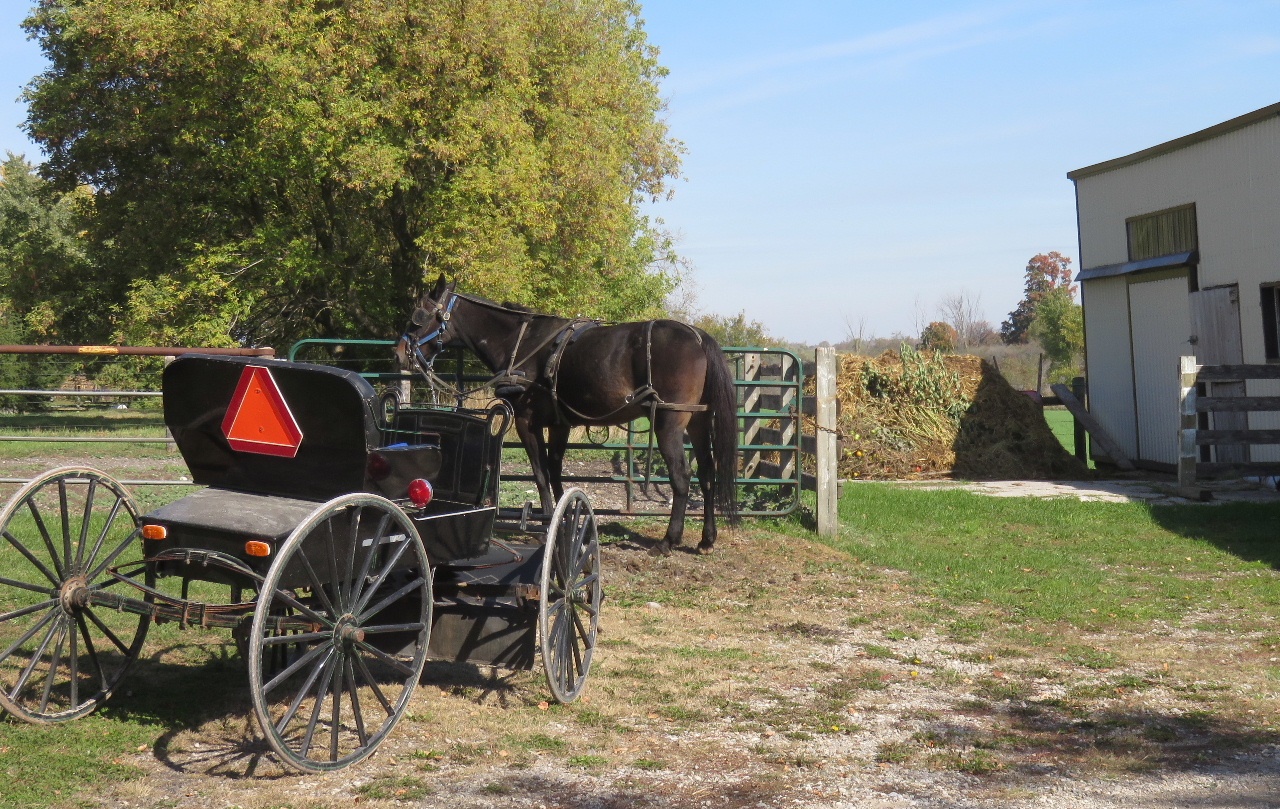

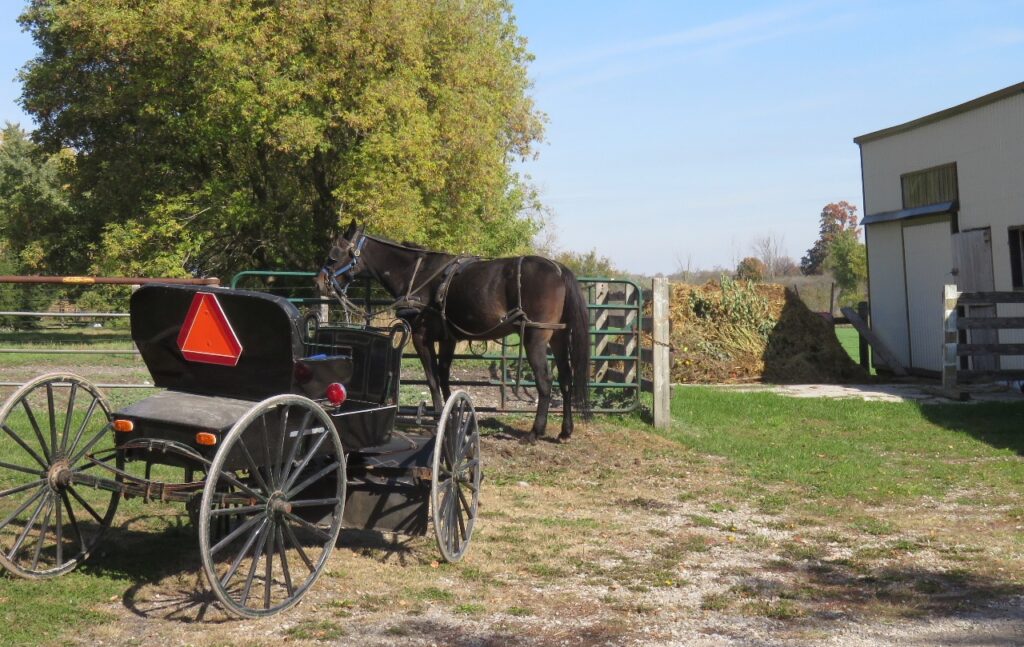
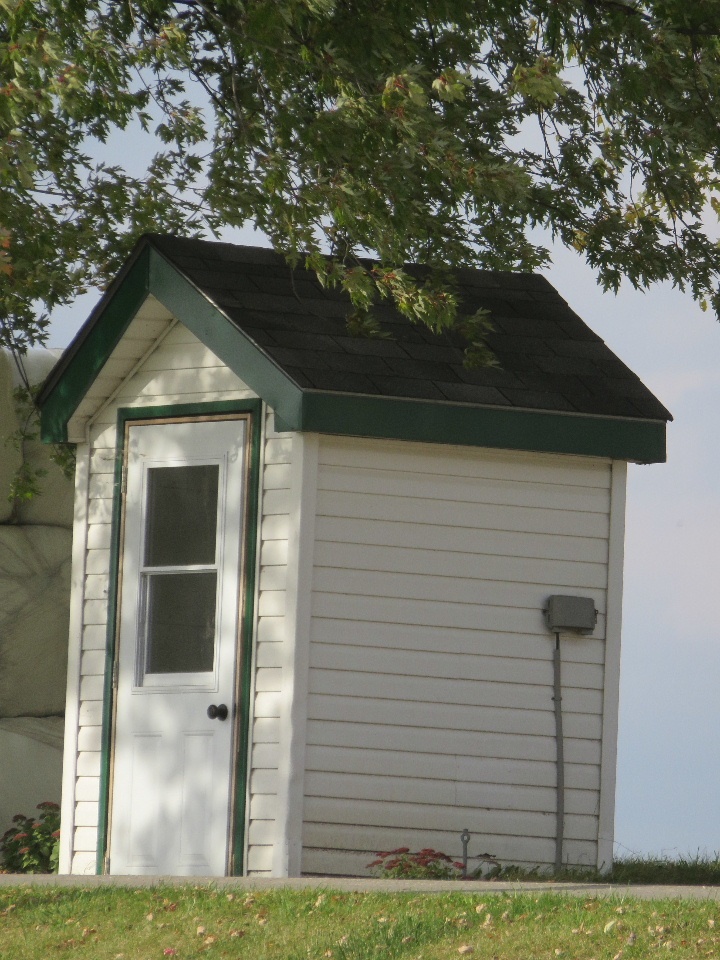
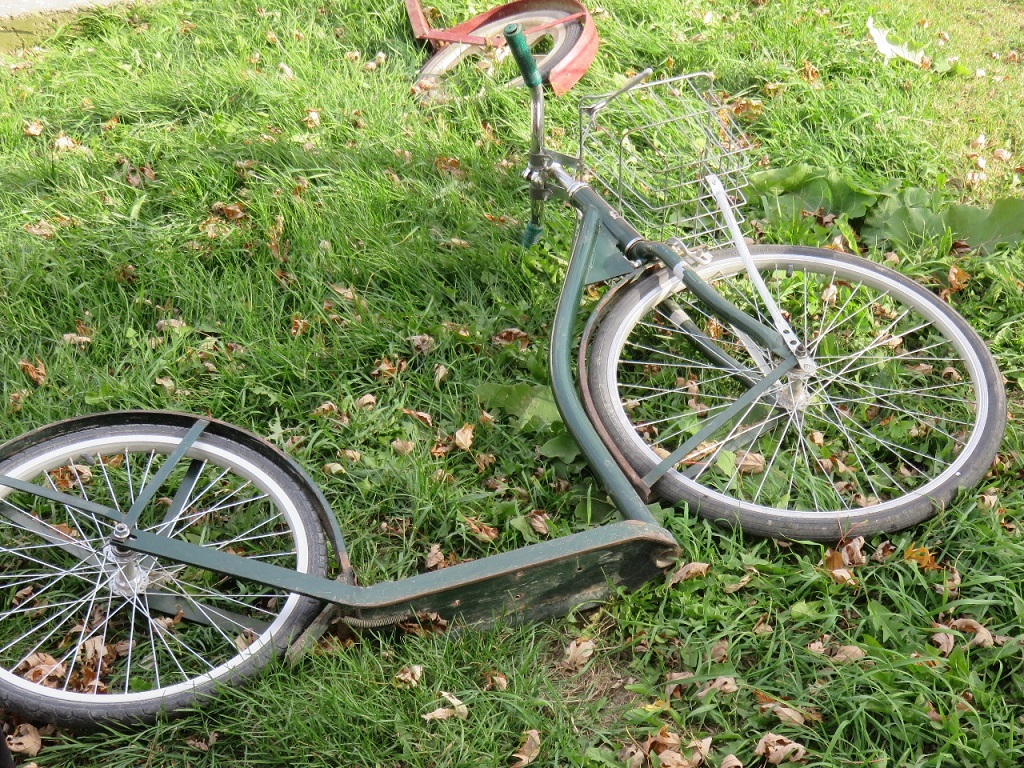



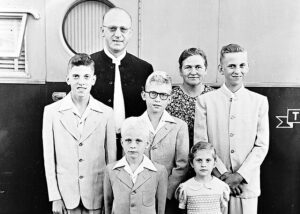

Leave a Reply
You must be logged in to post a comment.